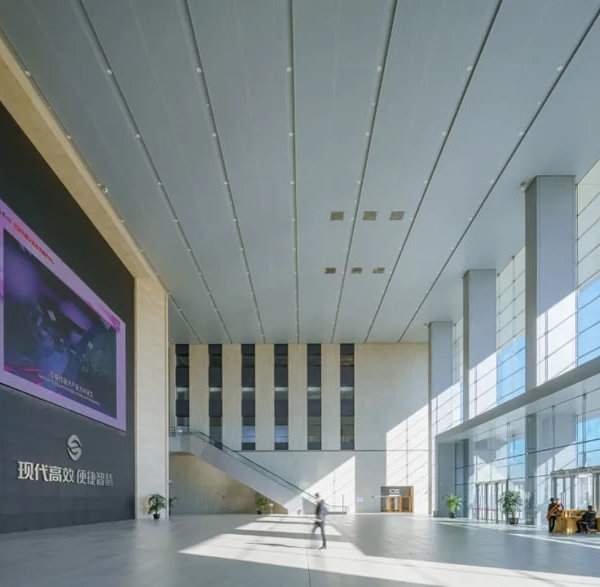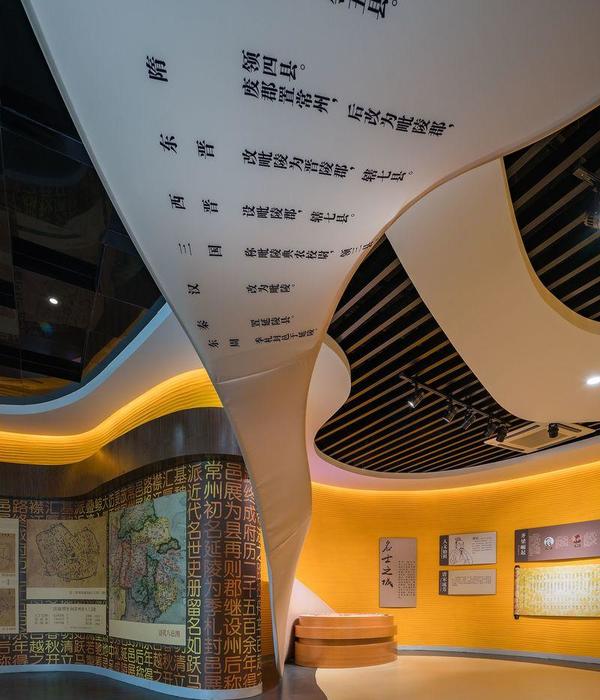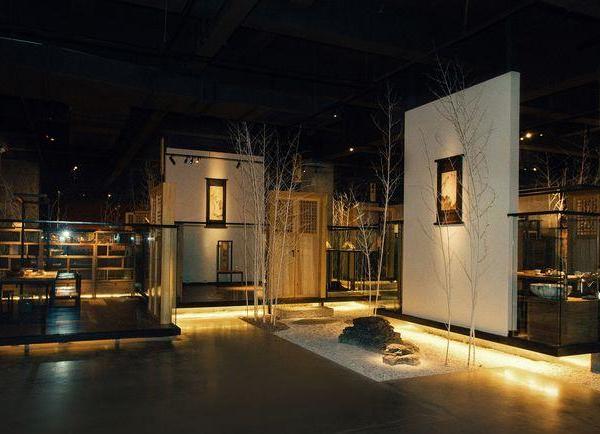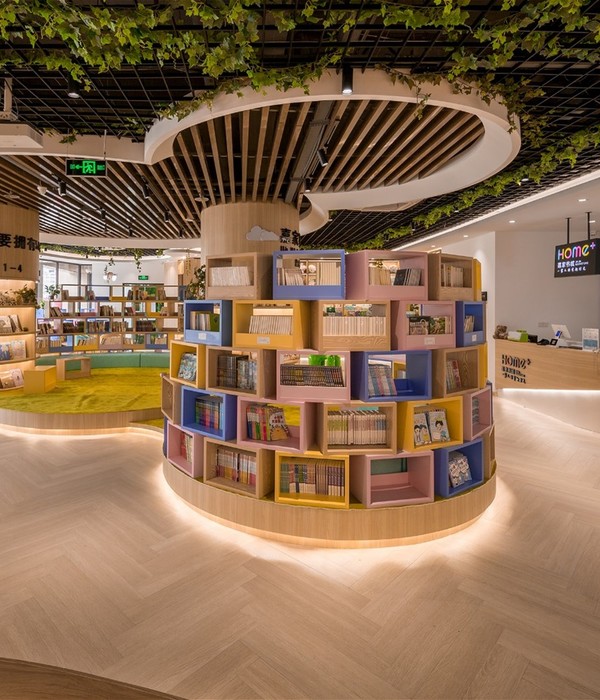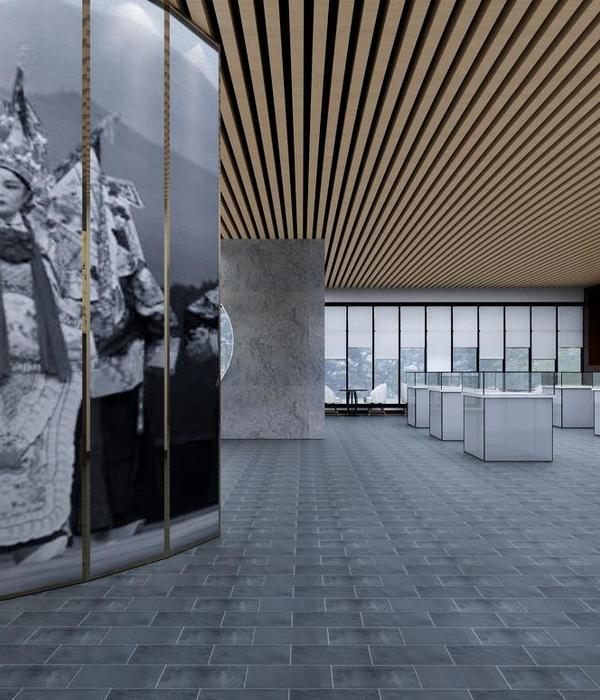Exhibition view ‘Original Bauhaus’, installation by Renate Buser. Photography: Catrin Schmitt
In a year of seemingly never-ending Bauhaus-related events marking the school’s 100-year- anniversary, ‘Original Bauhaus’, a new exhibition at the Berlinische Galerie in Berlin manages not only to hold its own but stand out for its refreshing approach.
Instead of being organised chronologically or historically, it revolves around 14 case studies (one for each year of the movement’s short existence in Germany between 1919 and 1933) and explores them through heretofore unseen materials, both originals and reproductions, as well as new artworks by the likes of Thomas Ruff and Thomas Demand.
‘Reproductions, re-issues and remakes have made the Bauhaus the 20th century’s most influential school of architecture, design and art,’ explains exhibition curator Nina Wiedemeyer. By combining all of these together, the exhibition cleverly begs the question: what is an original?
Junggesellenschrank by hand (detail), by Sigurd Larsen, 2019, ‘Original Bauhaus’ © Sigurd Larsen
Accordingly, one of the case studies is Marianne Braun’s geometric tea infuser, a piece created as a prototype and intended for mass production but that ultimately always remained a one-off and was only ever made by hand. Seven of the (eight existing) original teapots are displayed together for the first time and it’s intriguing to see the small differences in each one.
Another looks at László Moholy-Nagy’s 1922 text Production – Reproduction and his experimentation, together with Lucia Moholy, with camera-less photography and projecting images directly on to photo paper. Moholy wasn’t interested in the original but rather the the reproduction of the original created through repro-photography, or what he called ‘photograms’.
Tea infuser (MT 49), by Marianne Brandt, 1924 Bauhaus-Archiv Berlin, Photography: Gunter Lepkowski © VG Bild-Kunst Bonn
Perhaps most striking is the section devoted to the famous Bauhaus Stairway painting by Oskar Schlemmer, which depicts several women standing in artful positions on the staircase of the Bauhaus school in Dessau. Here we see what looks like the original but is in fact an almost identical copy painted by Carl Schlemmer (Oskar’s brother) in 1958 some 26 years after the original was painted and 15 years Oskar’s death. Wiedemeyer explains that because the original had become a part of MoMA’s permanent collection in the 1940s, the family presumably missed having the painting and so asked Carl to paint another one. ‘If you looked at it and didn’t know it was a copy you would say you were looking at the real thing.’
Another beguiling element of the show is the focus on the Bauhaus’ rightly admired ‘preliminary course’. So many Bauhaus exhibitions focus on the furniture and the objects, the big hero figures and names, but here we get to see the more anonymous results of the exercises carried out by the students as part of the famous six-month course.
Bauhaus Stairway, by Carl (Casca) Schlemmer, 1958, oil on hardboard, true-to-original copy of Oskar Schlemmer’s Bauhaus Stairway, private property. Photography: Markus Hawlik
On view are the results of the ‘colour circle’ exercise carried out under Wassily Kandinsky, or the outcome of the ‘material study’ exercise set by Johannes Itten and László Moholy-Nagy, where students explored textures and material by drawing them and assembling them into sculptures and collages.
One wall in the space lists the exercises that made up the course and they include poetic tasks such as ‘ice-skating on paper’ and ‘emotion shorthand’, as well as the more practical ‘tangible reproduction of model’ and ‘draw spatial situation’. ‘At a time when art education is always being reduced or even got rid of, we wanted to show how current and relevant these assignments still seem today,’ says Wiedemeyer.
Exercise Colour Circle from Wassily Kandinsky‘s class, by Lothar Lang, Bauhaus-Archiv Berlin. Photography: Markus Hawli
The final element that makes this show different is the interactivity. While many exhibitions claim to do this, few do it properly in practice. Here the curatorial team invited Berlin-based artists’ collective Syntop to create several digital stations where you can work on some of the Bauhaus’ preliminary course exercises.
You can draw an animal, create a collage, copy an image or produce a photogram, among other things. If you like what you make you can save it and the image is then projected on to a wall. It’s a straightforward but rewarding part of the exhibition that goes some way in showing just how comprehensive and pioneering the preliminary course was.
Without being deferential, ‘Original Bauhaus’ manages the rare task of breathing new insights and experiences into a movement that is at times too referenced for its own good. §
Bachelor’s wardrobe on castors, by Josef Pohl, 1930, Bauhaus-Archiv Berlin / Fotostudio Bartsch
Exhibition view ‘Original Bauhaus.’ In the background: Ursula Mayer, After Bauhaus Archive: Unknown Student in Marcel Breuer Chair, 2006. Pphotography: Catrin Schmitt
{{item.text_origin}}


